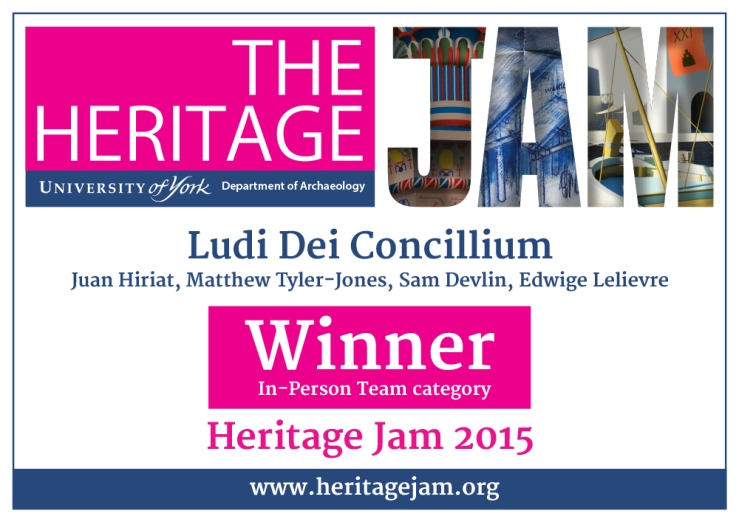Yesterday, to Oxford, to meet with the brilliant Niki Trigoni, who among many other things founded Navenio, a company that provides infrastucture free mobile location analytics.
It occurred to me, during our conversation, that there is a case for MLA in heritage sites that may be stronger than the story delivery that I’ve seen concentrating on. Organisations that look after heritage sites are normally incorporated with a mission something along the lines of “preserving (the site) for public benefit.” The “benefit” in that phrase is most commonly understood as access. Sometimes however, allowing access to the site so risks the preservation of the site that it has to be closed, for example at Lascaux.
So heritage sites must balance their duty of public benefit against their duty of preservation. A balance that its complicated by the fact that the visiting public support the preservation, with admission fees at the very least,or being so inspired by the preserved site that they go to contribute by subscription, donation, volunteered time etc. There is thus, generally, a conservation imperative to increase visits, to better finance preservation.
To help get that balance right, heritage sites monitor the impacts of visitor upon the place, and one tool they use is mapping the way visitor behaviours change, over time as visiting habits change, or in responses to changes within the site itself. The National Trust, for example, uses a methodology called Conservation for Access, or C4A.
But C4A is relatively resource heavy – it requires the (generously given) support of a small army of volunteers, and the analysis of the data takes time. So it is done only occasionally, every few years, and provides only a snapshot of visitor behaviors from the period when the data collection took place. It is thus a relatively blunt tool. It is used to help the organisation budget for conservation, including staffing levels, and sometimes to inform changes to the visitor route, to protect fragile environments. But the effect of those changes might not be measured until the next time resources are dedicated to a C4A data collection and analysis.
Could we use MLA to crowdsource similar data? Could we persuade our visitors to share their movements around the place every day, building up a more accurate, always up-to-date and year round (the C4A toolkit was originally developed when most National Trust buildings only opend between March and October) picture of how the place is used? Would we find out that visitor behaviours change as, for example, ambient light levels change with the seasons?
A first iteration could offer us more accurate data for conservation monitoring and forward planning, but if it also demonstrated dynamic changes to visitor behaviors triggered by changes in the environment, then it might help make the case for real time analytics. Imagine being able to change the offer subtly to reduce the conservation pressure on one part of the site. Imagine the site being able to do that automatically, for example playing an audio presentation in an adjacent room, not triggered by visitors entering that room, but to attract visitors into that room, when the heritage assets next door are under too much visitor pressure.
Is it possible? I’m sure it is. Is it cost effective yet? That I don’t know, but a suitable experiment, over a few years across and number of sites might help us find out.

